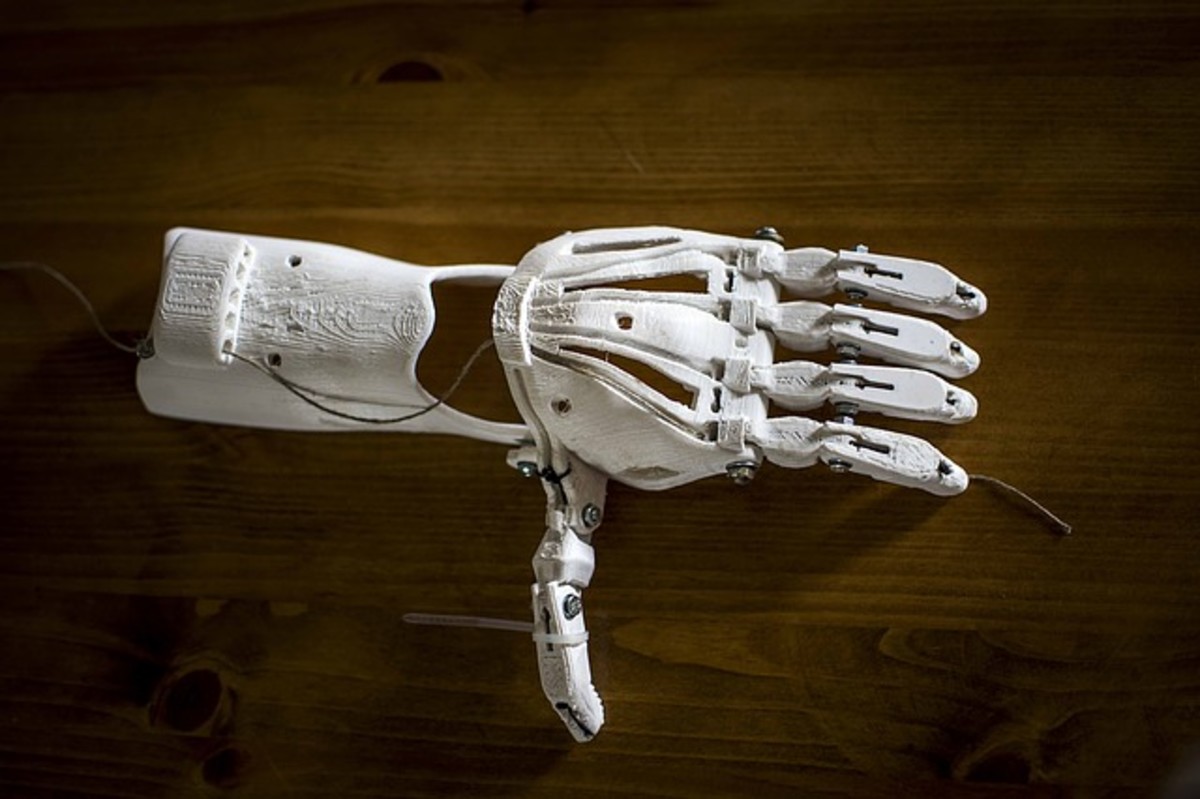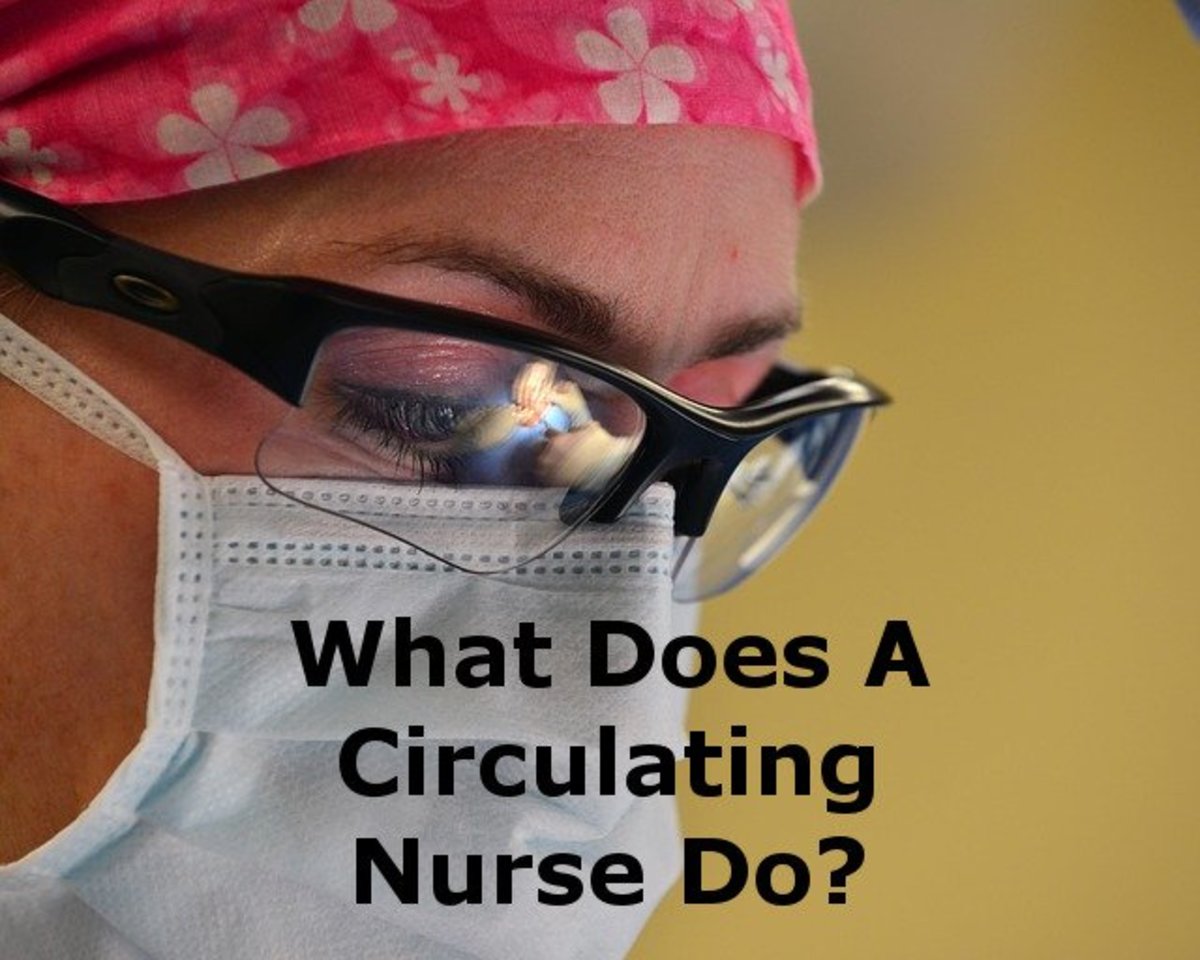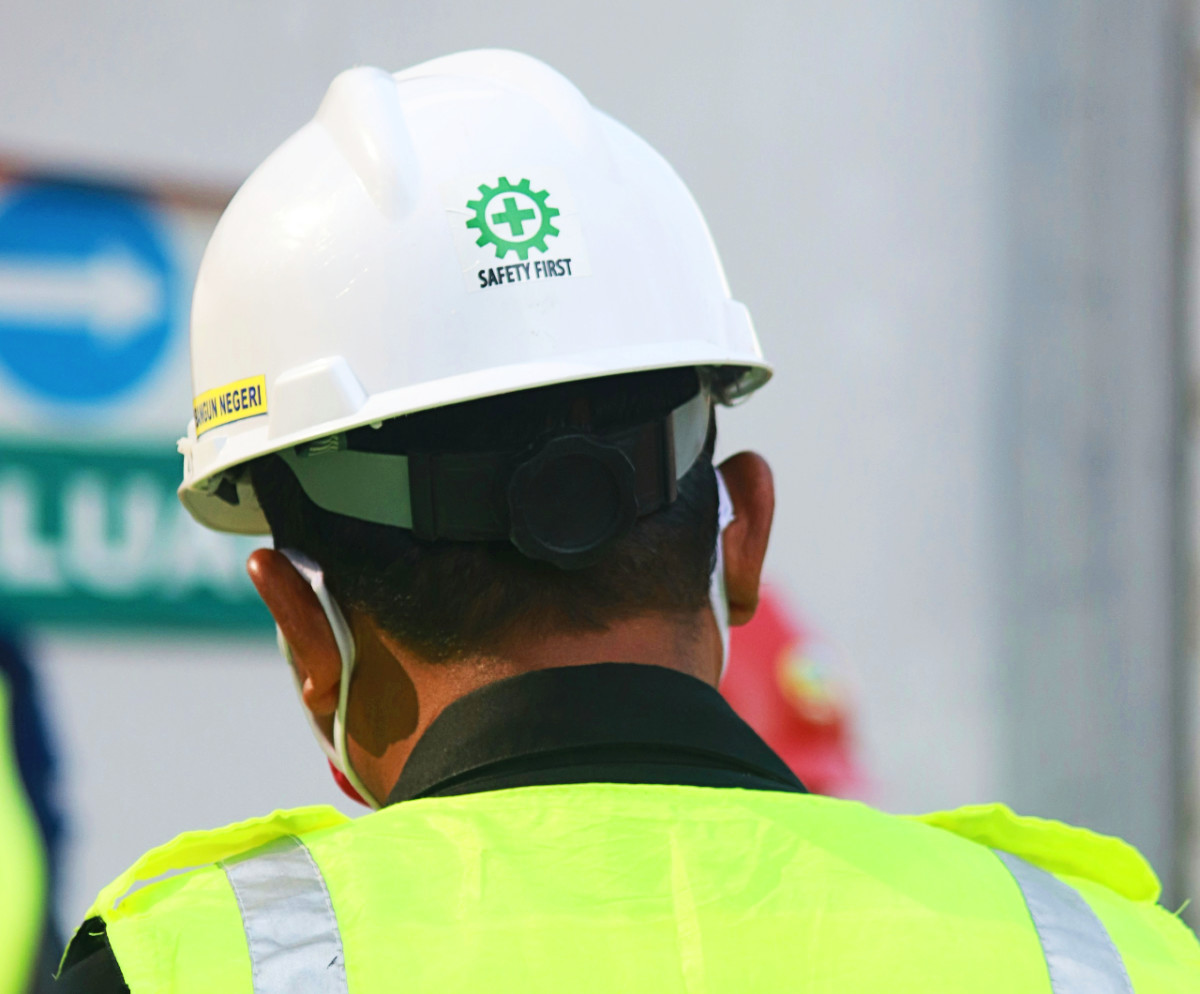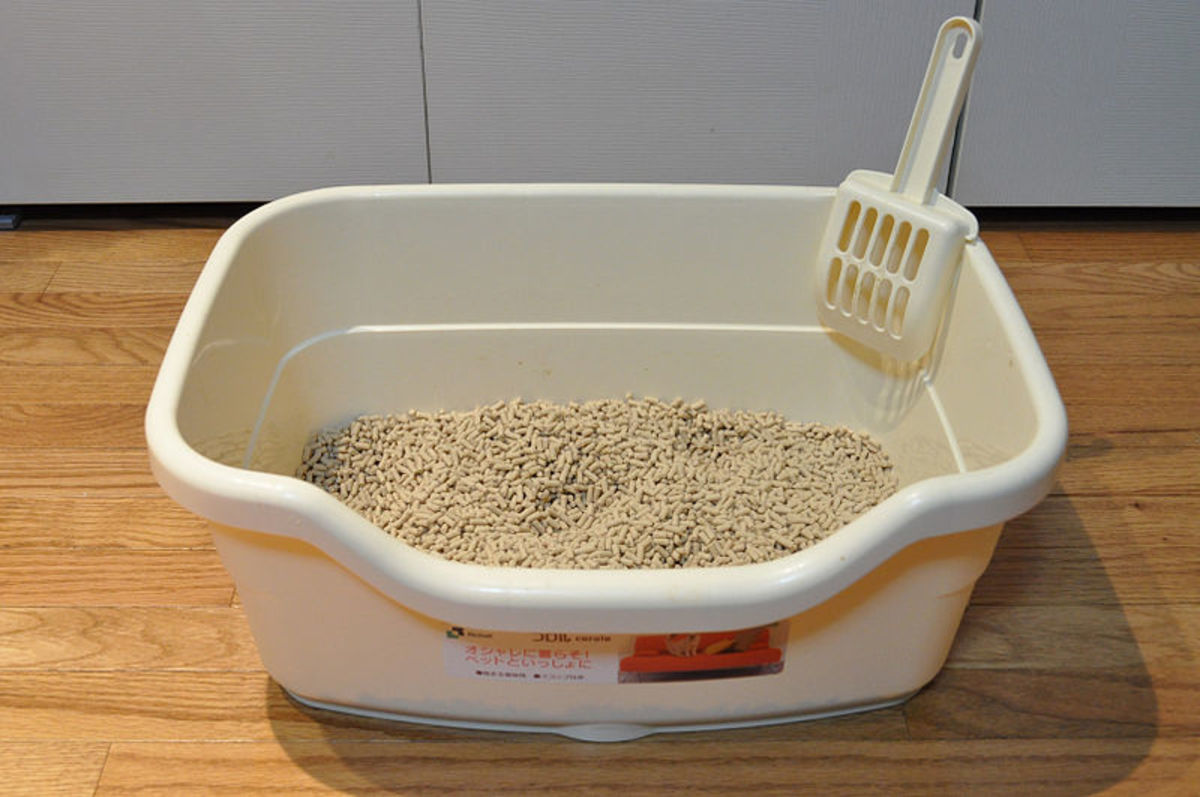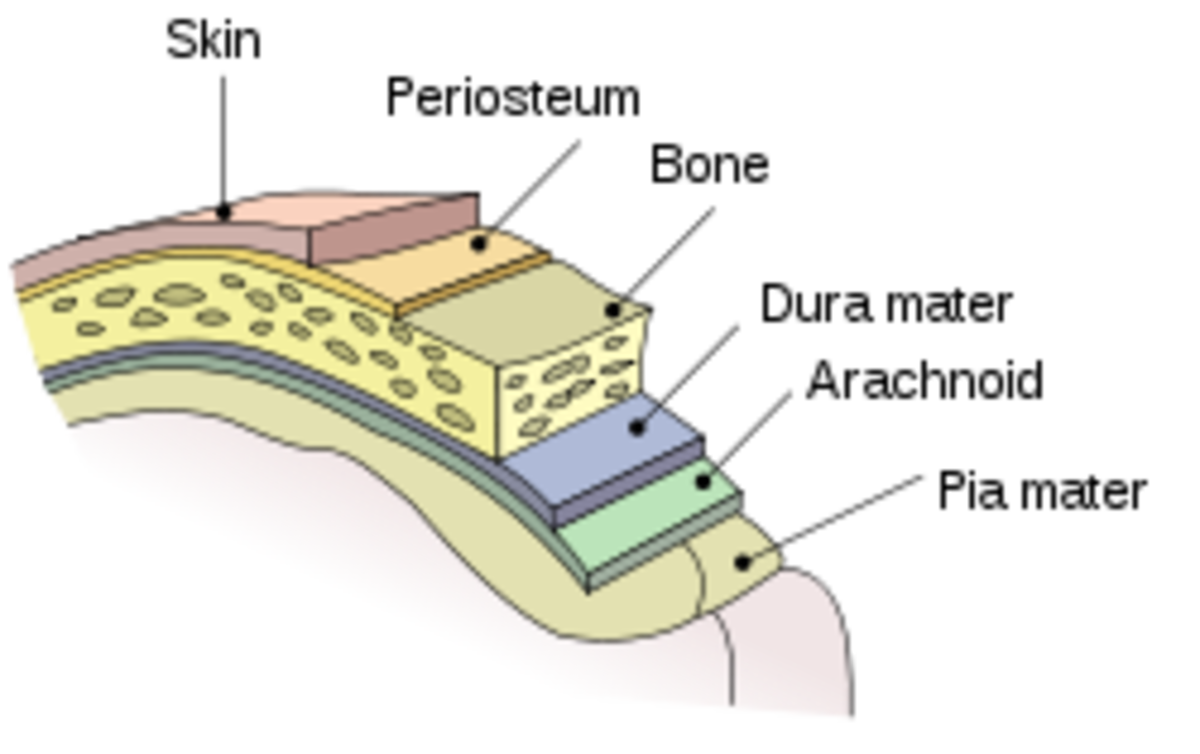Democracy in The Workplace: Patient Safety
Being the Voice of patients
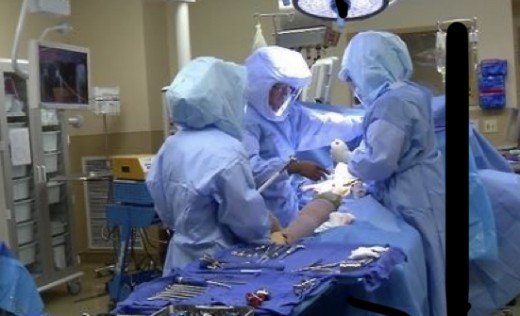
Workplace Democracy: Patient Safety
Over a period of 13 years, I worked in many hospital organizations as a surgical technologist. It is my responsibility as the patients advocate to properly set up the operating room suite for specific surgical procedures, make sure items and equipment has been through the proper sterilization processes and assist the surgeon during the procedure. No matter what organization I worked for, workplace democracy was insufficient and ineffective. As much as I love my career, sadly I questioned my morals and values when it comes to new innovations and education requirements (James D. Geiger, 2015).
The fear instilled in me working at a hospital in Las Vegas still haunts me to this day. I specialize in cardiovascular surgeries which means I must maintain educational requirements necessary to perform successfully. Minimal invasive surgical procedures have increased over the last years since becoming a surgical technologist and are staring to raise ethical dilemmas for operating staff (James D. Geiger, 2015). Using Transcatheter aortic valve replacement (TAVR) as an example, repairs the valve without removing the old, damaged valve. Instead, it wedges a replacement valve into the aortic valve's place. The surgery may be called a transcatheter aortic valve replacement (TAVR) or transcatheter aortic valve implantation (TAVI) (Association, 2019). Done through very small openings either from the groin area or the shoulder, the Food and Drug Administration (FDA) approved for patients that are high risk for open traditional procedures (Association, 2019). The staff required the accomplish a TAVR includes the following:
- The Catherization Lab Team
- Cardiovascular Surgical Team
The cardiologist from the cath lab is mainly leading this procedure, but a cardiovascular surgeon must be present when the value is being deployed. The cardiovascular team is on standby in case of emergency and the patient must be opened or patient must be placed on a heart lung machine. The operating room these cases take place are in what we call a hybrid suite. From my experience the cath lab team is trained to operate the OR bed being used and have the license to perform x-rays, while the cardiovascular team is trained to place patients on a heart lung machine, at least is what I thought. The organization here in Las Vegas, trains surgical technologist to perform x-rays and to operate the bed in these suites which by law is outside surgical technologist scope of practice. Faced with this dilemma, I had to make tough choices on days I were assigned to these cases, which led to me resigning from my position after failed attempts to have the issues corrected. I am sure your thinking, WOW! How is this legal? It’s not legal, but it is mainly hidden.
When patient safety needs to be reported, we report it in a computer that is sent to risk management. Risk management is responsible for investigating and resolving the issues reported, which sadly many are not resolved. In fear of being fired, staff stop reporting and patients suffer the consequences. As the prevention of reporting, surgical technologist will operate and perform x-rays as requested. I recall issue when the surgical technologist was in the case and when it was timed to transfer the patient off the OR table, she needed to remove the X-ray machine. After multiple attempts, she failed to move the machine out the way to properly transfer the patient. Being in the room and helping I was still in training and therefore did not know how to move it either. Feeling guilty, I reported the situation which led to no action, I was told there were too many new employees on the heart team.
I have learned that democracy in the healthcare organization is not effective and therefore places patient’s safety at high risk. This situation is not everywhere, so far, I have only encountered this issue in Las Vegas, but this is still not acceptable.
References
Association, A. H. (2019). What is TAVR? Retrieved from The American Heart Association: https://www.heart.org/en/health-topics/heart-valve-problems-and-disease/understanding-your-heart-valve-treatment-options/what-is-tavr
James D. Geiger, M. (2015). Innovation in surgical technology and techniques: Challenges and ethical issues. Seminars in Pediatric Surgery.
Janice R. Foley, M. P. (2006). Workplace Democracy: Why Bother? Economic and Industrial Democracy.
Patient Safety
NHS: Patient Safety
This content is for informational purposes only and does not substitute for formal and individualized diagnosis, prognosis, treatment, prescription, and/or dietary advice from a licensed medical professional. Do not stop or alter your current course of treatment. If pregnant or nursing, consult with a qualified provider on an individual basis. Seek immediate help if you are experiencing a medical emergency.



